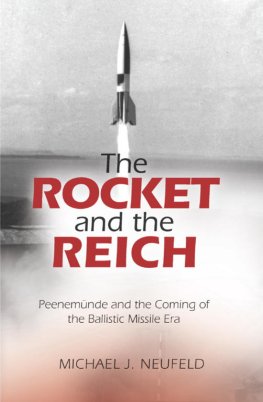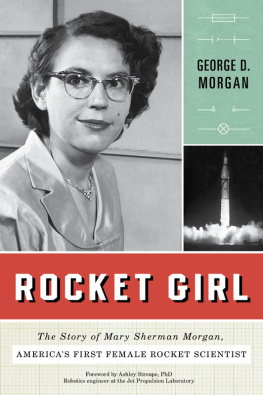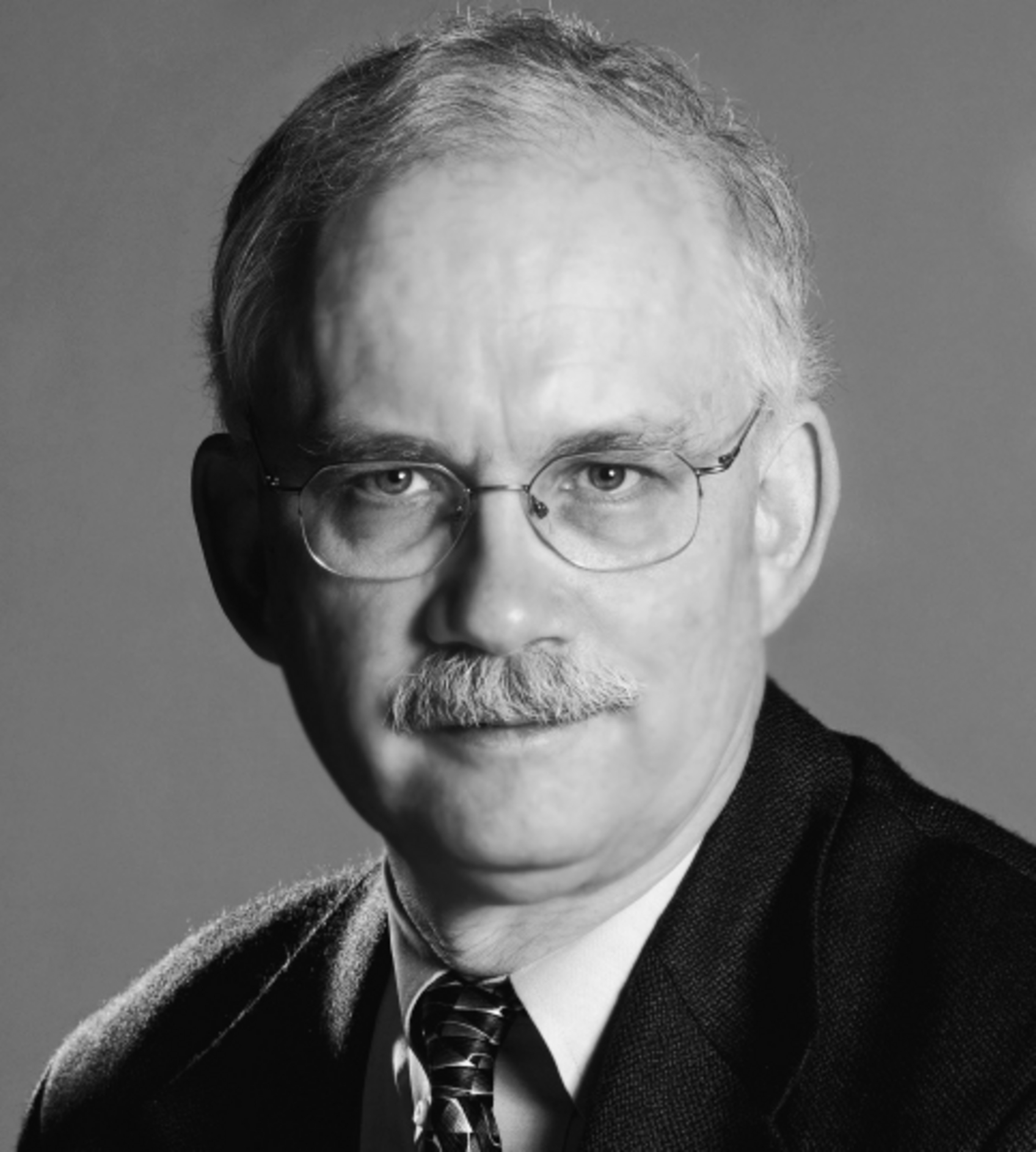Graceful, logical, and clear.An exhaustively researched and scrupulously balanced examination.
Captures the dangerous glamour of the inventor of the V-2 missile.
Neufeld catches von Braun in one ethically supine moment after another.
A meticulously researched and technically accurate biography of von Braun.
Neufeld writes with economy and dispatch, and the narrative moves quickly.
Neufeld powerfully describes the development of the V-2.
Michael J. Neufeld
Von Braun
Michael J. Neufeld is chair of the Space History Division of the Smithsonians National Air and Space Museum. Born and raised in Canada, he received his doctorate in history from The Johns Hopkins University in Baltimore. His second book, The Rocket and the Reich: Peenemnde and the Coming of the Ballistic Missile Era, won the American Institute of Aeronautics and Astronautics History Manuscript Award and the Society for the History of Technology Dexter Prize. He lives in Takoma Park, Maryland.
ALSO BY MICHAEL J. NEUFELD
The Skilled Metalworkers of Nuremberg:
Craft and Class in the Industrial Revolution
The Rocket and the Reich: Peenemnde and the
Coming of the Ballistic Missile Era
The Bombing of Auschwitz: Should the Allies Have Attempted It?
(edited with Michael Berenbaum)
FIRST VINTAGE BOOKS EDITION, NOVEMBER 2008
Copyright2007 by Smithsonian Institution
All rights reserved. Published in the United States by Vintage Books, a division of Random House, Inc., New York, and in Canada by Random House of Canada Limited, Toronto. Originally published in hardcover in the United States by Alfred A. Knopf, a division of Random House, Inc., New York, in 2007.
Vintage and colophon are registered trademarks of Random House, Inc.
Owing to limitations of space, permissions to reprint previously published material can be found following the index.
Portions of chapter fourteen were originally published in somewhat different form as The End of the Army Space Program: Interservice Rivalry and the Transfer of the von Braun Group to NASA, 19581959 in The Journal of Military History (July 2005). Portions of chapters ten and eleven were originally published in somewhat different form as Space Superiority: Wernher von Brauns Campaign for a Nuclear-Armed Space Station, 19461956 in Space Policy (2006).
The Library of Congress has cataloged the Knopf edition as follows:
Neufeld, Michael J.
Von Braun : dreamer of space, engineer of war / by Michael J. Neufeld.1st ed.
p. cm.
Includes bibliographical references.
1. Von Braun, Wernher, 19121977.
2. RocketryUnited StatesBiography. 3. RocketryGermanyBiography. 4. AstronauticsUnited StatesBiography. 5. Rockets (Ordnance)ResearchGermanyHistory20th century. I. Title.
TL781.85.V6N48 2007
629.4092dc22
2007005711
[B]
Vintage ISBN9780307389374
Ebook ISBN9780525435914
Author photograph Carolyn Russo/Nasm
www.vintagebooks.com
v4.1
a
FOR KAREN
A fiery chariot, borne on buoyant pinions,
sweeps near me now! The time has come for me
to pierce the ethers high, unknown dominions,
to reach new spheres of pure activity!
This godlike rapture, this supreme existence,
can I, but now a worm, deserve and earn?
Yes, resolute to reach some brighter distance,
on earths fair sun my back I turn!
So let me dare those gates to fling asunder
which every man would fain go slinking by!
Tis time, through deeds the word of truth to thunder,
that in their courage men with the high gods may vie.
GOETHE , Faust: Part One, lines 70213,
translated by Bayard Taylor
CONTENTS
PREFACE AND ACKNOWLEDGMENTS
During the centennial of aviation in 2003, the U.S. trade journal Aviation Week and Space Technology held a vote among its engineer- and pilotdominated readership for the 100 Stars of Aerospacethe hundred most important people in the history of flight. In that poll Wernher von Braun came out number two, after the Wright brothers. This result, which was doubtlessly influenced by the American majority in the poll sample, nonetheless is a testimonial to von Brauns historical importance, at least in the eyes of his former peers: aerospace engineers and managers. The result was doubly interesting because von Brauns name has been slowly vanishing from the consciousness of the general public. Outside the space community and those concerned about Nazi secret weapons and their manufacture by concentration camp labor, hardly anyone under age forty knows his name today. But Wernher von Braun is too seminal a figure in the development of ballistic missiles and space vehicles to be forgotten, especially as his Third Reich career raises the most fundamental questions regarding the moral responsibility of scientists and engineers in the twentieth centuryand the twenty-first.
Despite his undoubted importance, the question must be asked: why another biography? There are quite a few books about him already. Nonetheless, for twenty years it has been my conviction that no life of von Braun exists, in English or German, that is simultaneously accurate, readable, and rigorously researched in primary sources. Half a dozen biographies have been published since I began working on German rocketry in mid-1987, some of them substantial, yet nothing has changed in that regard. At least three of those new books are hagiographies (saintly lives), as friends, colleagues, and space enthusiasts attempt to perpetuate the hero worship that grew up around von Braun during the Cold War. Of the recent critical treatments, one in English and two in German, all are short and all are based largely on secondary sources. Moreover, the German biographies, old and new, are (perhaps understandably) weighted toward the Nazi period, yet he spent half his life and two-thirds of his professional career in the United States. On the American side, the basic competence even to research his German life has often been lacking; with one exception, that of von Brauns close friend Ernst Stuhlinger, English-language biographers have been unable to read German. The result is books that are often inaccurate and illinformed about German history. Even when they discuss his American career, however, errors abound and sophisticated analysis is lacking.









